|
Astronomology
Ever since primitive, man like, ape people first slipped off the branches and were forced to look upwards, have we been struggling to fathom exactly what those tiny, bright points of light are.
There are many theories regarding the heavens and their creation, some of these theories are pure fairy tales, devised by evil, power crazed nutters as a means of scaring the population into performing all manner of deeds in the name of some "god creature". These theories we call "religion". Thankfully, now that we are in the 21st century, we can safely rule out such claptrap and concentrate on scientific knowlage and reasoning, that is unless you are from some backward part of the world where dust and camels still form a major part of your life, in which case you will no doubt be trying to blow yourselves and each other to a million pieces yet be totally unable to provide any logical reasoning behind why you are trying to blow yourselves and each other into a millions pieces.
For the intelligent descendants of those primitive, man like, ape people, there is Astronomology. A scientific theory, based upon actual observation and experimentaion, it is not to be confused with Astrologonomy, which is NOT based on any scientific fact nor observations, rather, it is a collection of old fairy tales from forgotten religions which are conveiniently displayed as constellations of stars. These constellations and the relative position of the planets are somehow supposed to govern our behaviour depending upon what day of the year, and indeed which year, a person was born.
However the constellations do serve us scientifically, as they help to map out the night sky into recognisable shapes, thus allowing the astronomologer to navigate their way to the interesting, difficult to locate, objects.
The modern astronomologer has a great many tools at his disposal, radio telescopes, space telescopes, optical telescopes, binoculars, nekkid eyes and, of course, the 'tinternet.
In July of 2009, I found myself in China with a week to spare before I had to report to work. Initially this fair spoilt my gravy, but then I realised that I had been presented with, what I can only call, a once in a lifetime opportunity, namely, to witness one of natures most awesome events, a total eclipse of the sun.
For those of you not born after the 15th Century, a total solar eclipse is when the Moon (that large white object sometimes seen when the sky has gone dark) passes between the Earth (that's the round one, not the flat one) and the Sun (the very bright object that really hurts to look at, often seen if the sky has a blue colour to it). The moon then casts a shadow onto a part of the earths surface (c'mon now, do I really have to explain that bit to you?) which experiences a solar eclipse.
Anyhoo, armed with my trusty Fuji camera, a very feeble tripod and a pair of Ray-Bans, I set off for the city of WuHan, in Hubei province, where I met up with some serious ecliptologists, including a chap who, by all accounts, worked at NASA. To say I suffered equipment envy would be an understatement!
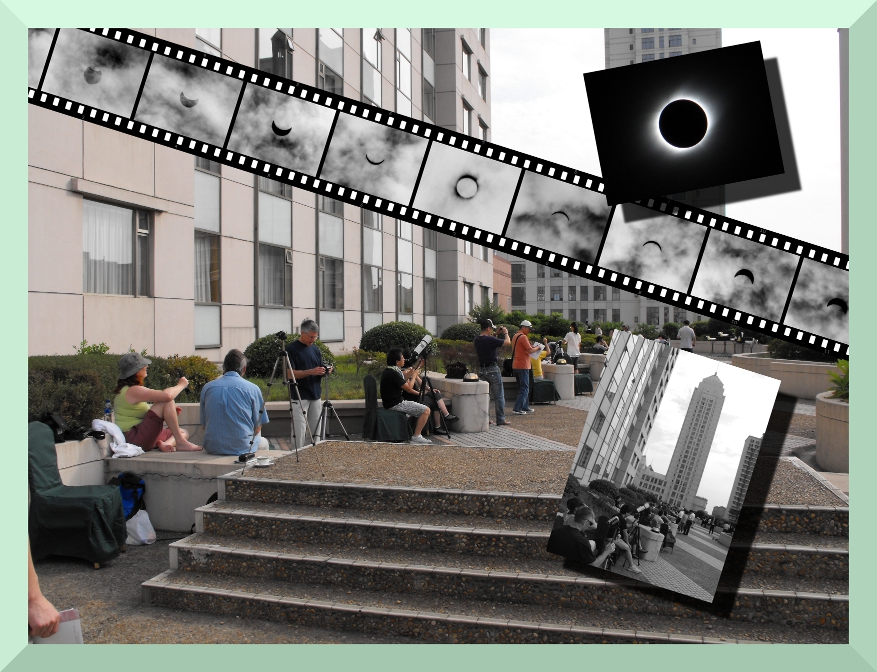
This wonderful adventure spurred my interest in all things astronomological, and before I had returned home I had already secured a 114mm Newtonian telescope on ye olde baye des fleases for 30 earth quidses and it was less that 6 miles from my house! This telescope was donated to a very good friend in France once I had bought my first 110mm TAL-1.
Aperture fever sort of took over, resulting in a pair of tripod mounted 20x80 binoculars and a Meade 10" Schmidt Newtonian Telescope (SNT), for which I initially built a Dobsonian mount. Purchase of a suitable Meade LXD-75 mount allowed for tracking astronomolocical targets, although it did introduce the hassle of setting it all up each time I used it.
A change trawl of ye olde baye des fleases, one day, found me bidding on a glassfibre observatory, with dome and sliding window. Being the only bidder had me secure the observatory at a good price and with the sterling help of those fine chaps of the OLLR forum, the dome was soon rehoused at the castle.
The LXD tripod being too short to look out of the dome, I stood it on Breeze blocks as a temporary measure, but these made moving around inside the observatory very difficult and there was no way that I could entertain any visiting dignitaries in there, so a 'plan' was hatched to build a pier for the LXD-75 mount and a patio on which to stand the observatory.
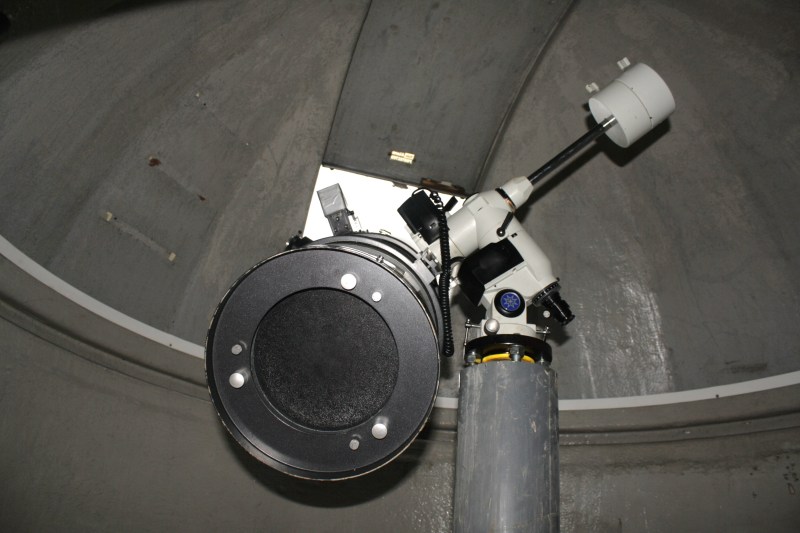
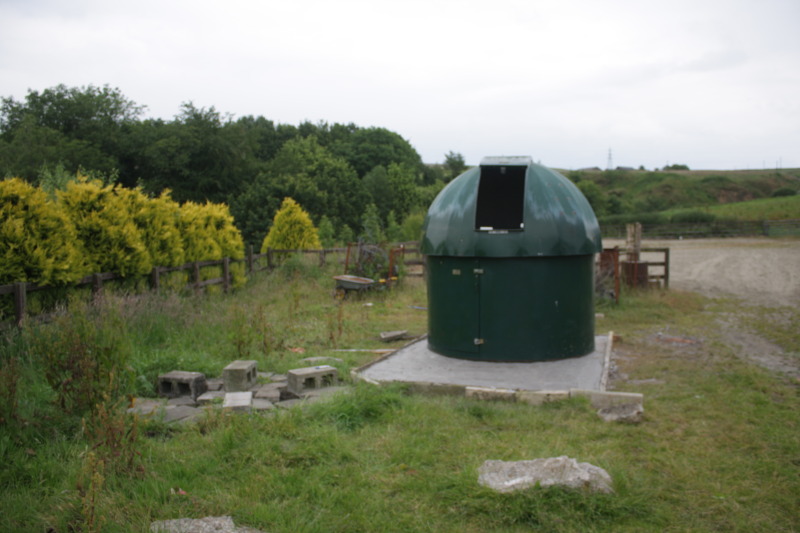
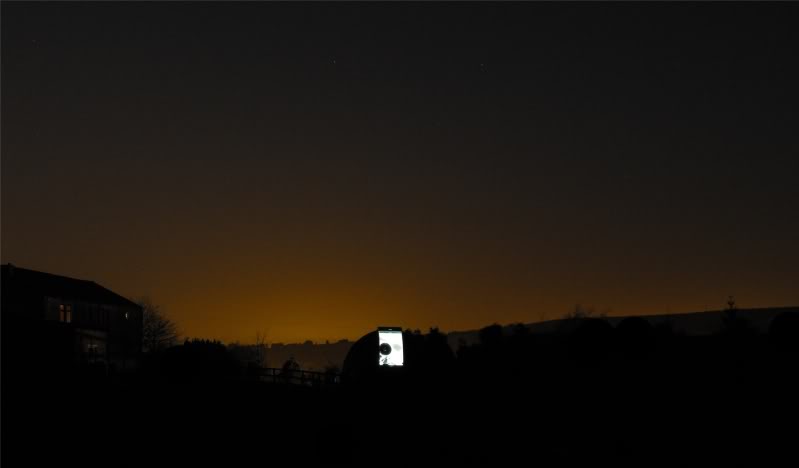
Astronomology
|
|
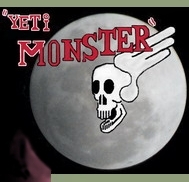
|




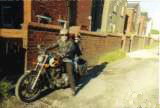 SHEDOLOGY: GRASS ROOTS ENGINEERING.
SHEDOLOGY: GRASS ROOTS ENGINEERING.